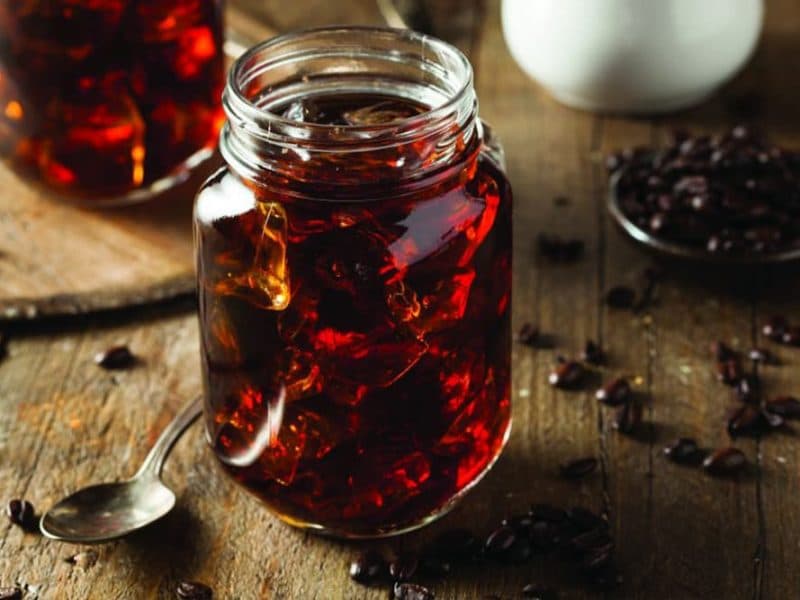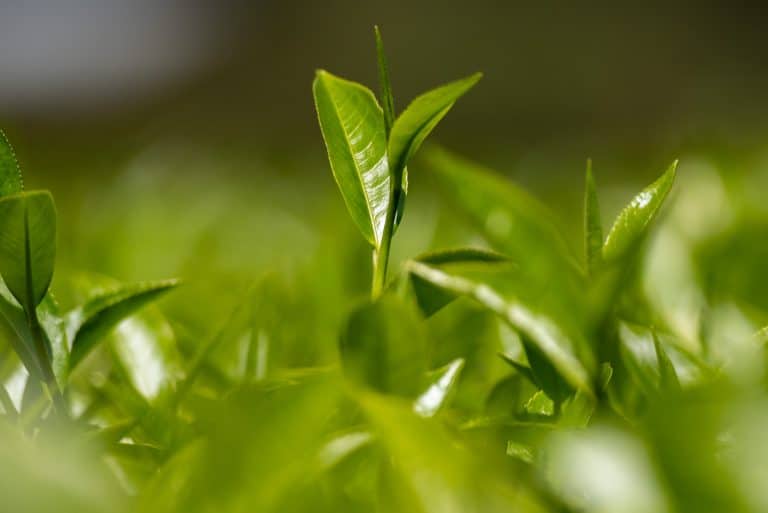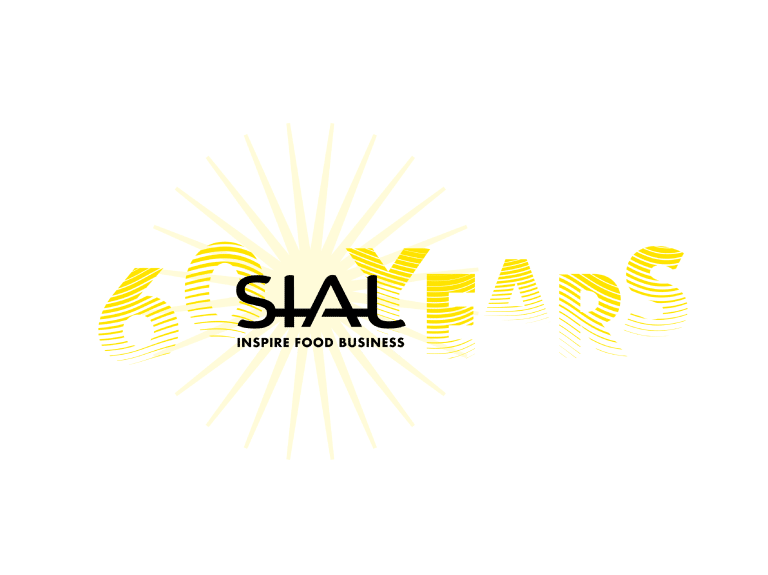American coffee culture has seen a major shift in recent years with today’s consumers having a better appreciation of coffee, resulting in a market that is now much more focused on quality and versatility. Coffee is no longer just a morning pick-me-up, but has become an indulgence or snack that can be consumed at any time of day. This, combined with a drive for better, more premium focused food and beverage experiences, has resulted in a renewed interest in what is a growing coffee market.
The Beginnings of the Cold Brew Coffee Industry
As part of this coffee resurgence, Cold Brew has taken on a life of its own, offering a unique set of values and a very different take on coffee. But what is Cold Brew? While there is no defined standard for Cold Brew, it generally refers to a process of steeping coarsely ground coffee in ambient temperature water to produce a concentrate which can be diluted with water or milk and served hot or cold. It is different from Iced Coffee, which is coffee brewed hot and then chilled. Cold Brew is known to have a more appealing and less acidic taste and because of its concentration it can also have up to twice the amount of caffeine as the standard cup of coffee.
Cold Brew was initially introduced as a unique beverage in foodservice to deliver a better-tasting product and experience. The growth in craft, and demand for premium products, created a platform for Cold Brew. Initially Cold Brew emerged as a small-batch, slow-brewed product, but as it grows, entering more mainstream coffee houses and ready-to-drink beverages, the increased demand and interest opens the market up and provides tremendous opportunities for the Company’s extracts business.
Cold Brew Coffee Market Trends
Within the US Ready-to-drink (RTD) category RTD coffee sales have grown 12% from 2014 to 2016, bringing the market value to $2.5 Billion. Cold Brew growth is more than twice that of the general RTD coffee market, up 29% in two years to reach $136 Million by the end of 2016. The number of brands with Cold Brew products has more than doubled, with everyone vying for a piece of the ever-increasing RTD coffee market. Currently a majority of the larger players have less than 50% store penetration but they have ambitious growth plans for the coming years. In order to meet increased production and delivery requirements, those brands currently brewing will need to consider extracts as the more viable option for growing their brand. It’s estimated that almost one third of Cold Brew brands currently on the market, which make up only 3% of the total Cold Brew sales, do not currently use an extract. In order for these brands to be competitive among the top players, they will need to change.
Looking to the future we think the market will continue to evolve. Nitro has already taken Cold Brew to another level and you can expect to see new value-added products that focus on healthier, more functional options. Things like added protein and drinks that merge iced coffee and energy drinks into one product are starting to grow in the market. Just as we have seen in other markets like Craft Beer and Greek yogurt, Cold Brew has the potential to reinvent the larger coffee space and essentially become its own category. Finlays will remain at the forefront of innovation and supply within this space.





